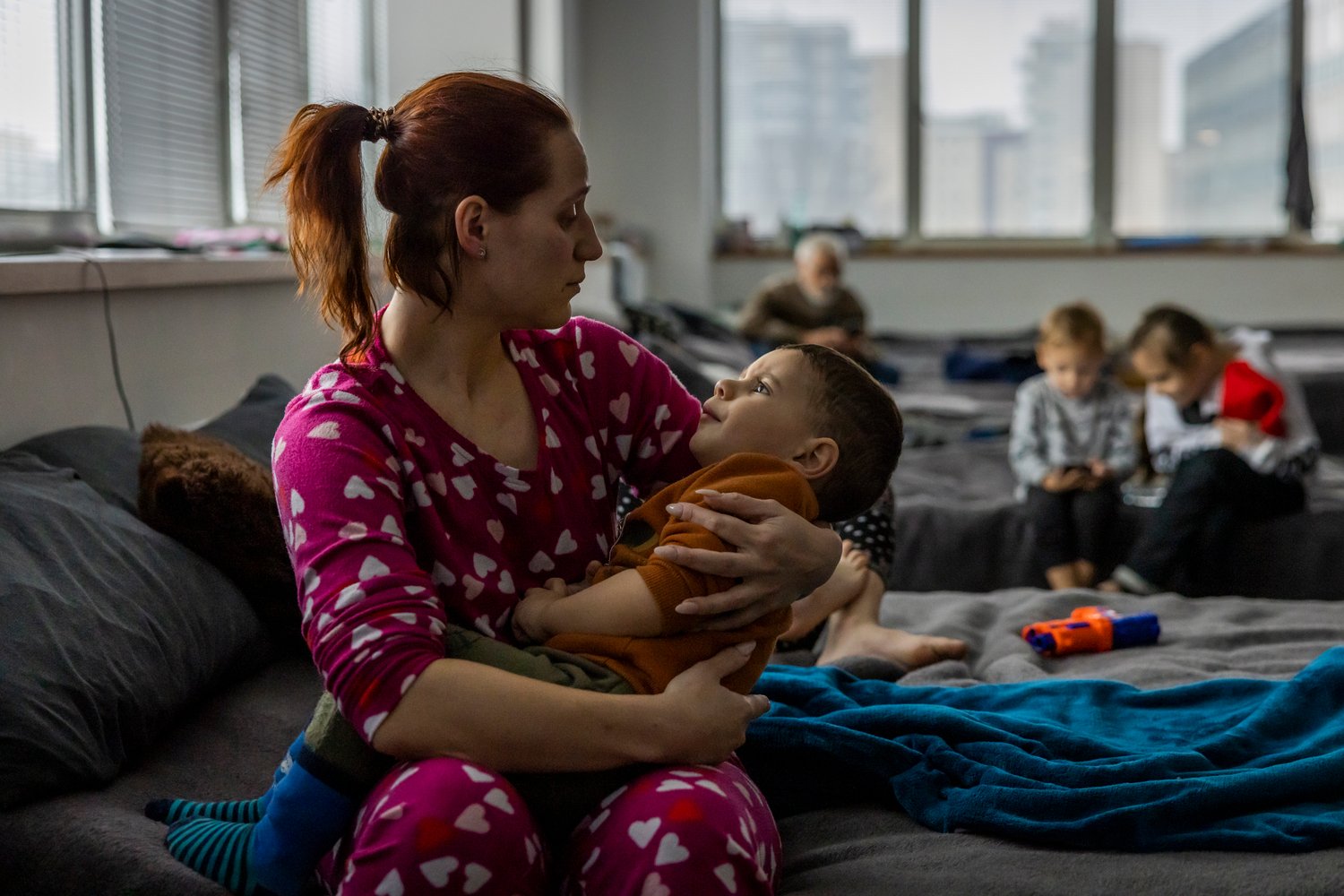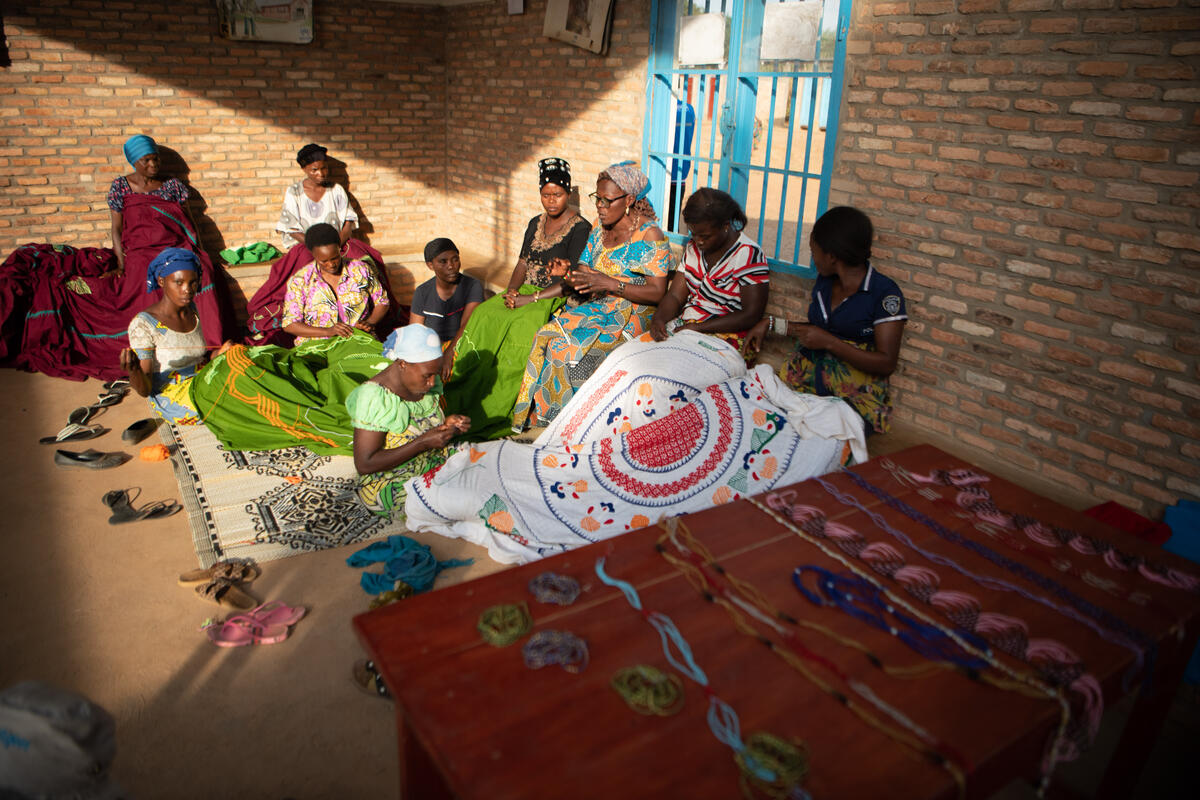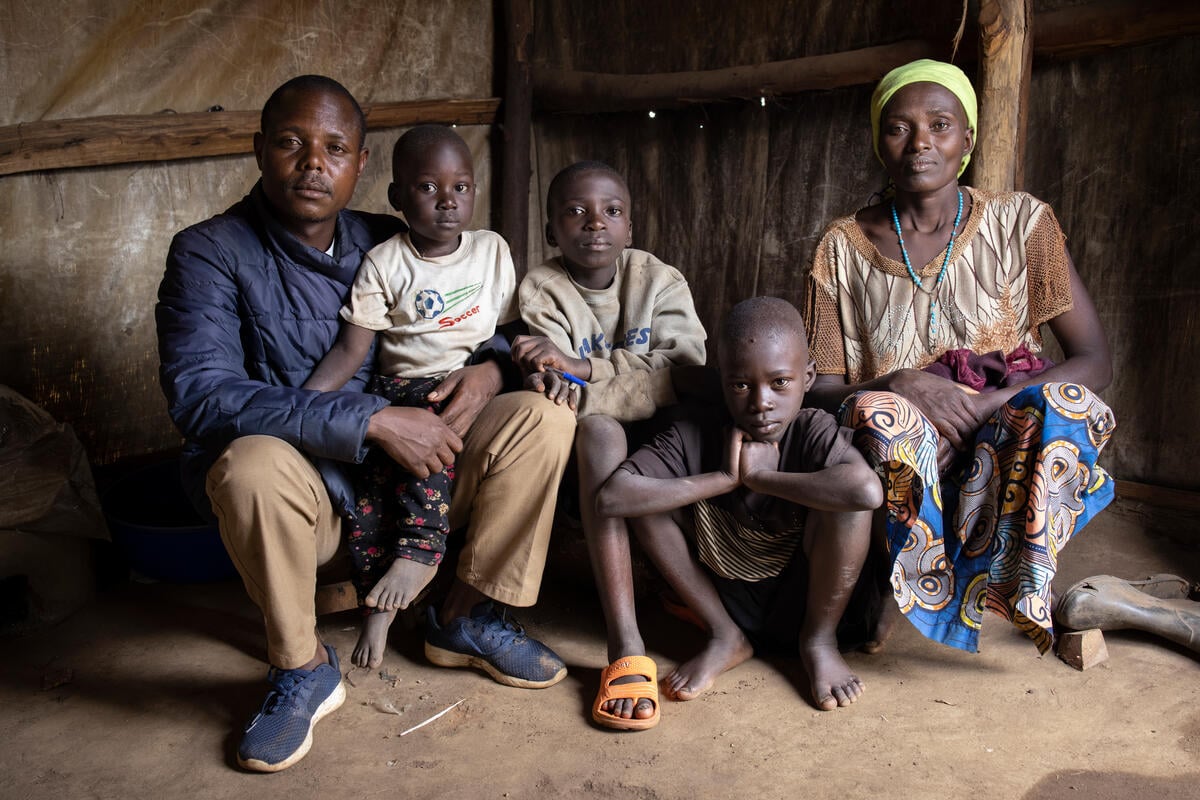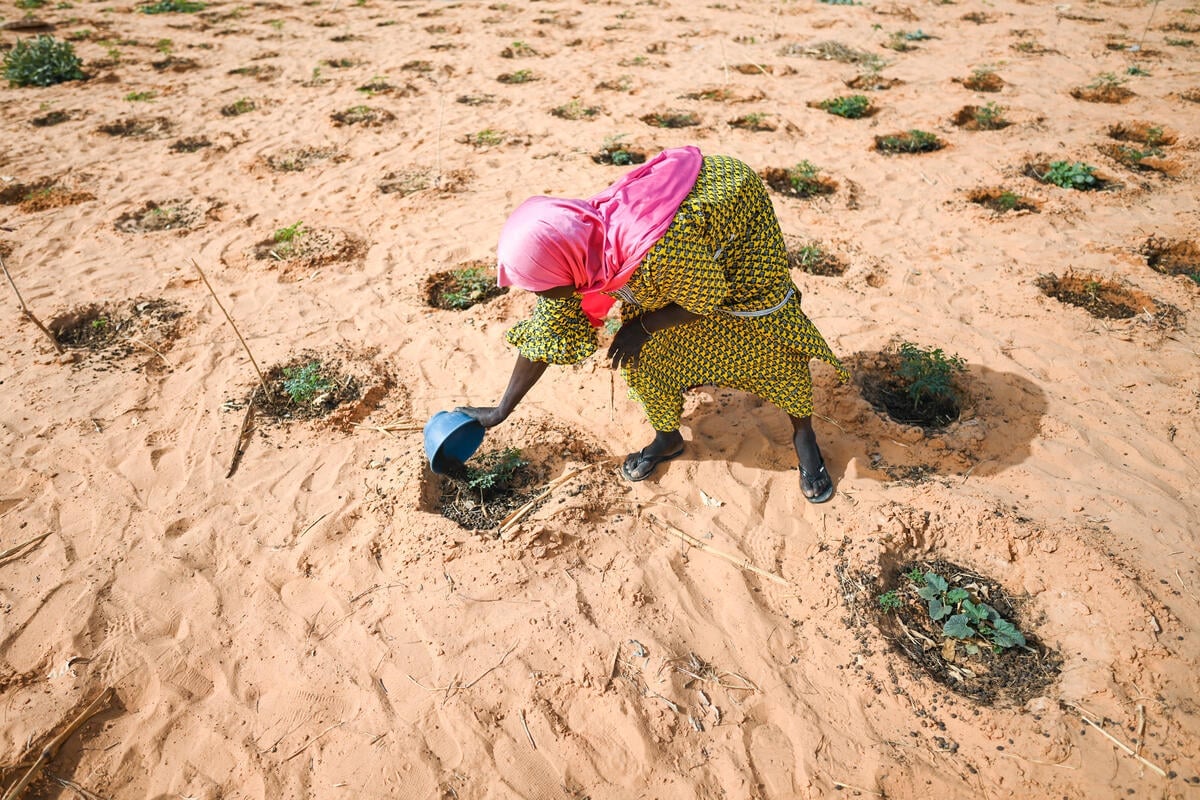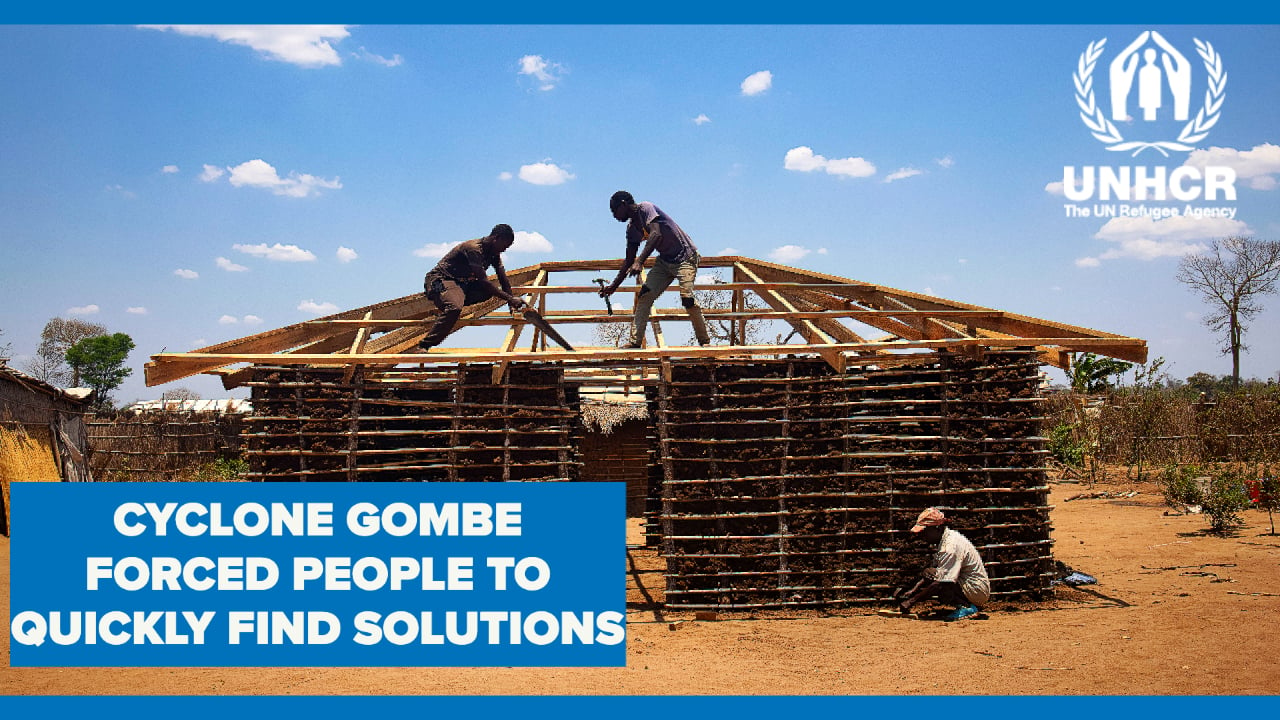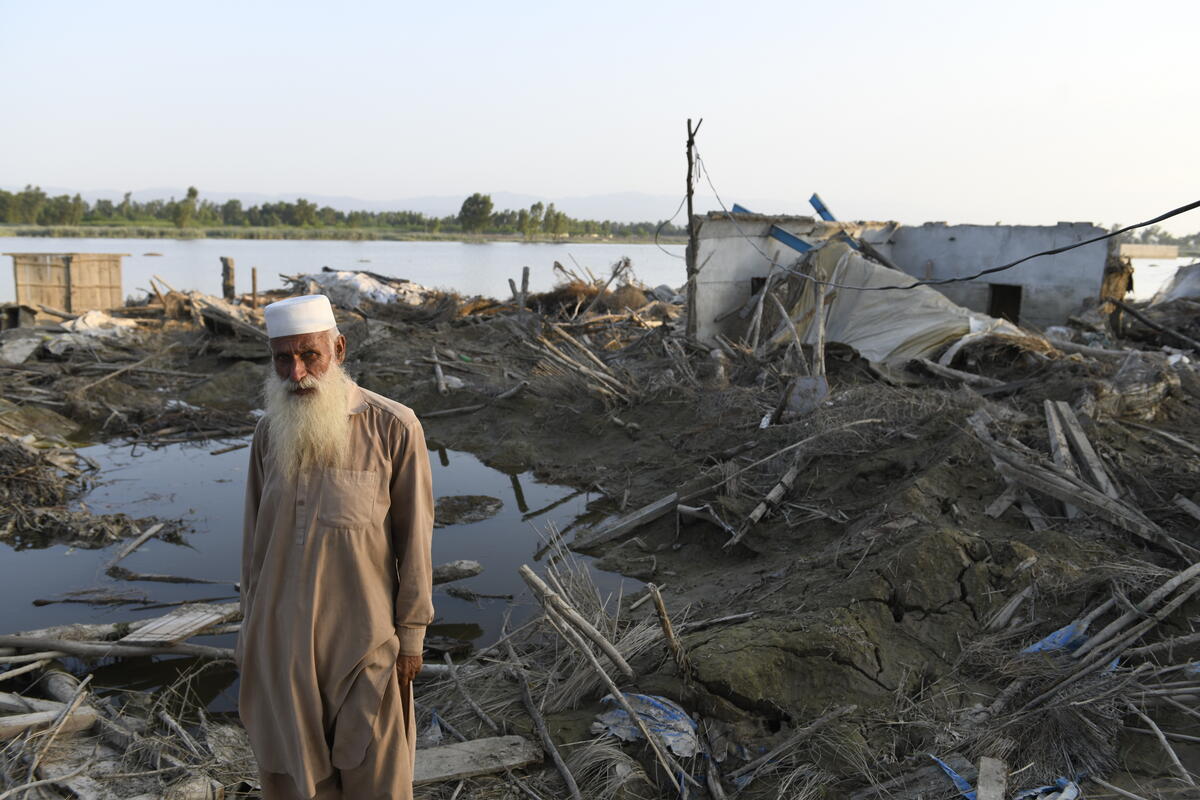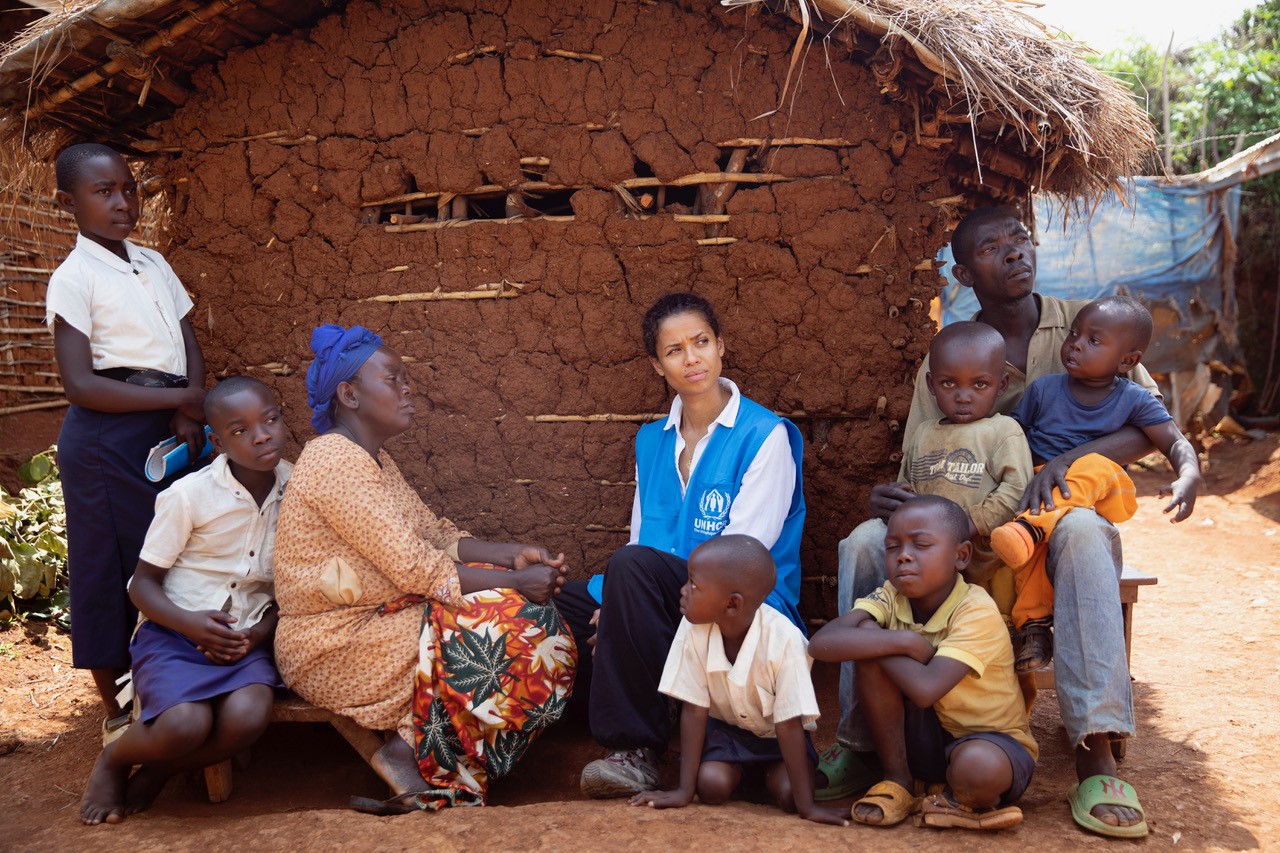Forced displacement hit new high in 2020 despite fewer routes to safety
Forced displacement hit new high in 2020 despite fewer routes to safety

GENEVA – The number of people forcibly displaced by conflict, violence, persecution and human rights abuses rose for the ninth year in a row in 2020 to reach 82.4 million, despite COVID-19 making it harder for those fleeing to seek safety abroad, according to the latest Global Trends report released today by UNHCR, the UN Refugee Agency.
The total is equivalent to 1 in every 95 people, and represents a four per cent increase over the previous year. While the world’s refugee population continued to grow, most of the total increase was due to a larger number of internally displaced people (IDPs) fleeing within the borders of their own countries.
“Behind each number is a person forced from their home and a story of displacement, dispossession and suffering,” said UN High Commissioner for Refugees Filippo Grandi. “They merit our attention and support – not just with humanitarian aid, but in finding solutions to their plight.”
The COVID-19 pandemic, which has claimed more than 3.8 million lives and continues to rage in many parts of the world, proved especially devastating to people living in marginalized communities, including refugees, IDPs and stateless people, who have no national identity.
The pandemic wiped out jobs and savings, caused widespread hunger and forced many refugee children to leave school – perhaps permanently. Many families reported sending their children to work rather than school to make ends meet. Some refugee girls faced forced early marriage and a greater risk of sexual and gender-based violence.
The pandemic and related lockdowns proved particularly disruptive to those refugees trying to maintain their mental health and rebuild social and support networks far from home.
Venezuelan psychologist Loredana Hernádez Giraud, who lives in Lima, Peru, volunteers with a helpline run by Union Venezolana. The NGO helps Venezuelan refugees and migrants.
“Many people have lost their jobs and are constantly worrying about being evicted … or running out of food, and what to do with their kids being all cooped up,” she told UNHCR last year.
“We see all sorts of cases, but a very common one is panic attacks because of the confinement.”
- See also: Q&A: ‘Before the pandemic, refugee mental health was severely overlooked. Now it’s a full-blown crisis.’
- See also: Venezuelan counselors offer fellow refugees ‘psychological first aid’
Pandemic restrictions, combined with growing xenophobia, left many forcibly displaced people with limited options.
Many countries, such as Uganda, used improved medical screening, temporary quarantines, remote interviewing and other measures to protect public health while continuing to offer refuge. However, at the peak of the pandemic last year, more than 160 countries had closed their borders, with 99 making no exceptions for people seeking international protection.
Countries also slashed the number of spaces for resettlement last year. In the early part of the pandemic, UNHCR and the International Organization for Migration put their resettlement departures on hold due to border restrictions. But after they resumed, only 34,400 refugees were resettled, the lowest number in two decades.
- See also: Livelihoods, food and futures: COVID-19 and the displaced
- See also: Coronavirus a dire threat to refugee education
Although many refugees long to go home, resettlement offers a lifeline to those who cannot.
Former refugee Abdallah Al-Obaidi was just six years old when a bomb exploded at his school in Iraq. He and his family fled to Jordan, where they lived for eight years without citizenship. In 2013, they resettled in the United States. Abdallah learned English by studying the dictionary, became president of his high school class and then attended Emory University in Atlanta, Georgia. He will soon attend Tufts University School of Medicine in Boston. He said finding a mentor enabled him to make it so far in an education system that can be challenging for newcomers.
“I was lucky. I found someone who mentored me and took me under his wing and introduced me to a programme called YPI, Young Physicians Initiative. It advocates for the diversity and education in medicine specifically in underserved communities,” Abdallah said during a panel discussion this week in advance of World Refugee Day with High Commissioner Grandi and US Permanent Representative to the United Nations Linda Thomas-Greenfield. “I’ll be the first in my family to go to medical school. I’m a first-generation American.”
World Refugee Day, held each year on 20 June, honours the courage and contributions of refugees around the world as well as those who have welcomed the forcibly displaced into their countries and communities.
Despite the many challenges, forcibly displaced and stateless people around the world continued to contribute to their communities. Many worked as doctors and nurses to fight the spread of COVID-19. Somali refugee business people in South Africa banded together to distribute food and supplies to people hurt financially by the lockdowns. In Kenya, a Ugandan refugee took her yoga classes online for refugees and aid workers.
- See also: As coronavirus spreads, refugee doctors want to join the fight
- See also: Refugees in South Africa share acts of kindness with their hosts
- See also: Finding wellbeing through yoga at Kenyan refugee camp
Last year, people displaced within their own country accounted for more than half of the number of forcibly displaced, or 48 million. That number is the highest on record and up 2.3 million compared with the year before. Crises in Ethiopia, Sudan, Mozambique, Yemen, Afghanistan and Colombia accounted for the large numbers of IDPs, as did escalating violence in the countries of Africa’s Sahel region, including Niger, Burkina Faso and Mali.
"Behind each number is a person."
In Yemen, more families were driven from their homes last year bringing the total number of IDPs to 4 million, as continued fighting contributed to what the UN has called the world’s “worst humanitarian crisis.” Roughly 233,000 people have died since the conflict began six years ago due to the violence or related causes such as hunger and lack of health services.
Many IDPs remain in dire circumstances.
“We had a good life but we did not feel safe. We fled the conflict. Now we feel safe, but we struggle to survive,” Samirah, a mother of four young children who escaped fighting in Yemen’s Al Hudaydah governorate last year, told a UNHCR partner.
More than two thirds of all refugees and Venezuelans displaced abroad came from just five countries: Syria (6.7 million), Venezuela (4.0 million), Afghanistan (2.6 million), South Sudan (2.2 million) and Myanmar (1.1 million). Most sought refuge in neighbouring countries, which meant that low- and middle-income nations continued to host the largest number of refugees.
For the seventh consecutive year, Turkey hosted the highest number of refugees (3.7 million), followed by Colombia, (1.7 million including Venezuelans displaced abroad), Pakistan (1.4 million), Uganda (1.4 million) and Germany (1.2 million).
Written by Sarah Schafer.



